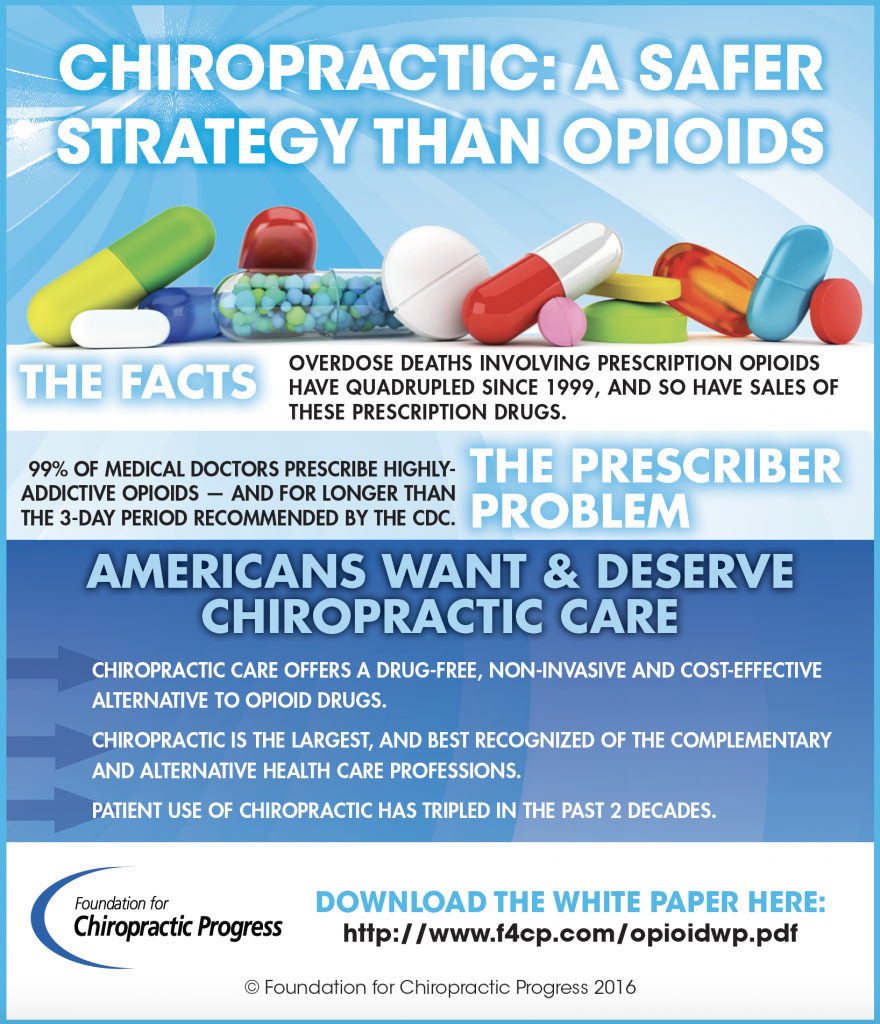The Scientific Research Behind Cold Laser Treatment: What You Need To Know
The Scientific Research Behind Cold Laser Treatment: What You Need To Know
Blog Article
Short Article By-Garner Bak
When it concerns understanding cold laser treatment, there's a remarkable world of scientific research waiting to be explored. The intricate methods which low-level light interacts with your body's cells to advertise recovery might stun you. From boosting cellular function to minimizing inflammation and increasing total health, the science behind this therapy holds many keys that can benefit your wellness in unanticipated means. Interested by how these light waves function their magic? Allow's unravel the enigmas together.
Just How Cold Laser Therapy Works
To understand how cold laser treatment functions, consider its capacity to permeate the skin and stimulate recovery at a cellular level. When the cold laser is applied to the targeted location, it gives off a low-level light that can permeate a number of centimeters under the skin. This light connects with the cells in the tissues, setting off a collection of organic reactions.
The photons of light energy are taken in by the mitochondria, the powerhouse of the cell. This excitement boosts cellular feature, advertising the manufacturing of ATP, which is necessary for mobile power. Because of this, the cells have a lot more power to repair and restore, increasing the healing procedure.
Moreover, cold laser therapy additionally helps in lowering swelling and boosting blood flow in the damaged area. By lowering inflammation, it assists to reduce pain and swelling. The improved blood circulation brings a lot more oxygen and nutrients to the cells, additionally supporting the healing procedure at a mobile degree.
Mechanisms of Action
Recognizing the systems of activity behind cold laser treatment provides understanding into its performance in advertising cellular healing and reducing swelling.
When the cold laser is put on the skin, it passes through the targeted tissue without home heating or damaging it. The photons of light released by the laser are absorbed by the mitochondria in the cells, where they promote the production of adenosine triphosphate (ATP), the energy money of the cell. This increase in ATP production boosts cellular metabolic rate, resulting in sped up recovery processes.
Furthermore, cold laser therapy helps to reduce swelling by turning on the lymphatic water drainage system, which aids in removing excess liquid and waste products from the afflicted location. The laser also boosts the release of anti-inflammatory mediators, such as nitric oxide, which play an essential duty in wetting the inflammatory action.
Perks and Applications
Discovering the various advantages and functional applications of cold laser treatment introduces its flexibility in dealing with a large range of conditions successfully. This non-invasive therapy option is known for promoting tissue fixing and decreasing swelling.
One significant advantage is its capacity to accelerate the healing procedure for injuries such as strains, stress, and tendonitis. https://www.news-medical.net/news/20201008/Laser-irradiation-shows-promise-as-a-new-treatment-modality-for-osteoporosis.aspx is also used for pain management in conditions like joint inflammation, fibromyalgia, and neuropathy, providing relief without the demand for drug.
Past pain relief, cold laser therapy has shown assurance in skin-related applications by promoting collagen production, which can improve skin tone and texture. Moreover, click over here now 's increasingly used in sports medicine to improve efficiency, speed up recovery, and reduce muscle exhaustion.
Additionally, this treatment aids in decreasing mark cells formation and can be helpful in post-surgical rehab.
insomnia therapy stamford recognize the science behind cold laser therapy and its advantages for recovery, discomfort administration, skin health and wellness, sporting activities performance, and post-surgical recovery.
By using low-level light to stimulate mobile healing, this therapy offers a non-invasive and reliable therapy choice for a range of conditions.
With its capability to enhance mobile function and advertise recovery processes, cold laser treatment is a useful tool in contemporary health care.
